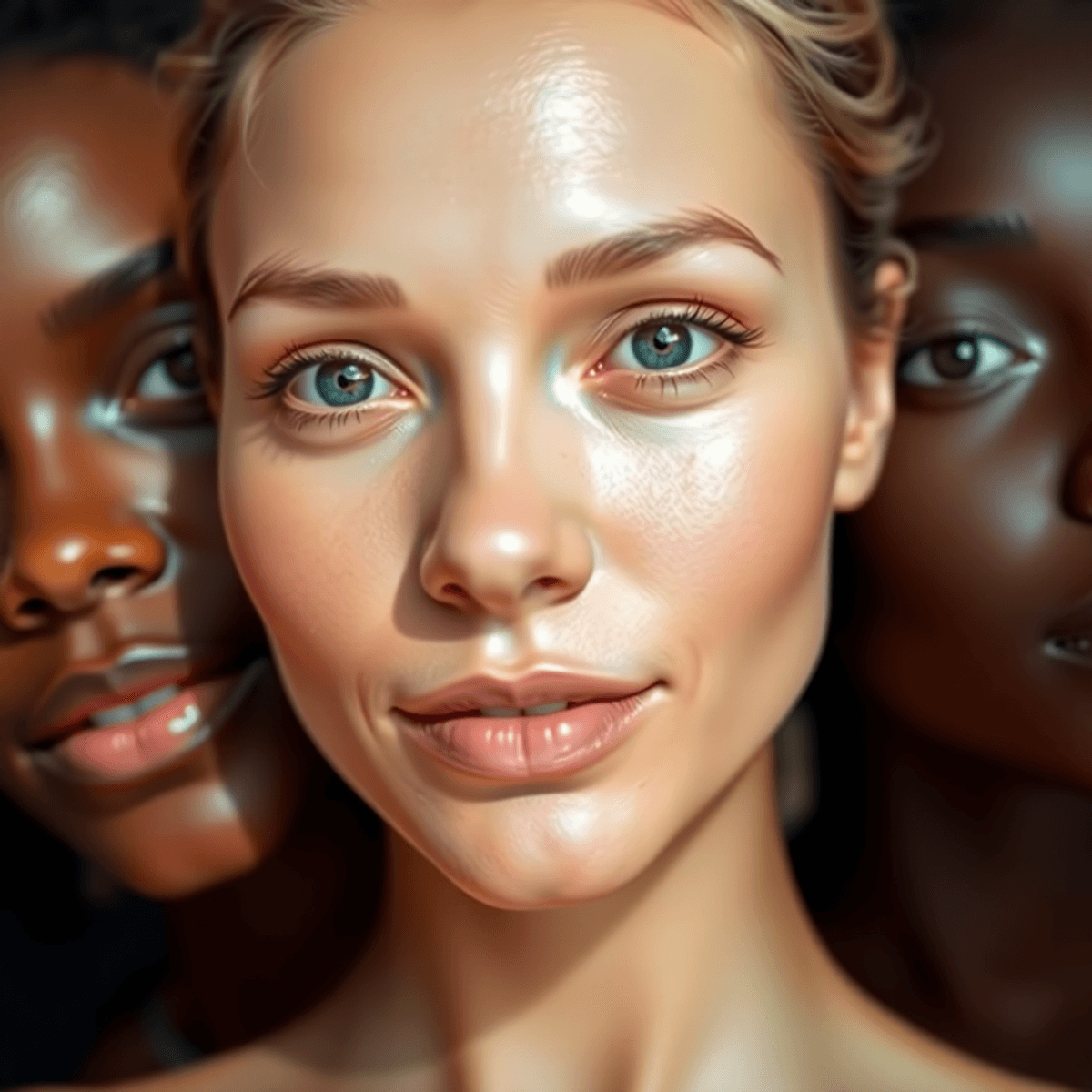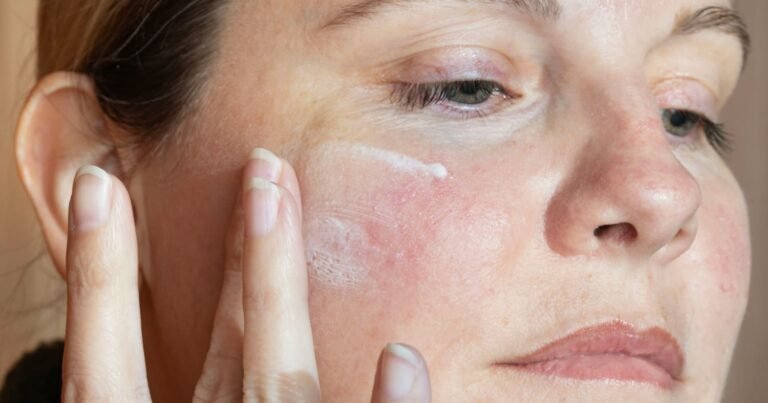How do you get rid of pimples

Introduction
Struggling with pimples? You’re not alone. These pesky skin blemishes affect millions of people worldwide, causing both physical discomfort and emotional stress. Pimples appear when your hair follicles become clogged with oil and dead skin cells, creating the perfect environment for bacteria to thrive.
Several factors can trigger pimple formation:
- Hormonal changes during puberty, menstruation, or stress
- Excessive oil production in your skin
- Buildup of dead skin cells
- Bacterial growth
- Diet and lifestyle choices
Clear, healthy skin isn’t just about appearance – it’s crucial for your self-confidence and overall well-being. Untreated pimples can lead to scarring, hyperpigmentation, and persistent skin issues that become harder to address over time.
In this comprehensive guide, you’ll discover:
- Proven treatment methods – from over-the-counter solutions to professional interventions
- Natural remedies that actually work
- Prevention strategies to maintain clear skin
- Daily skincare routines tailored for acne-prone skin
- Professional options for severe cases
Whether you’re dealing with occasional breakouts or persistent acne, you’ll find practical solutions to achieve clearer, healthier skin.
Understanding Pimples
Pimples are small, inflamed spots that develop when hair follicles become clogged with dead skin cells, oil, and bacteria. These blemishes can appear anywhere on your body but commonly affect the face, chest, and back areas where oil glands are most active.
Types of Pimples:
- Whiteheads: Closed, clogged pores appearing as small white bumps
- Blackheads: Open, clogged pores with dark appearance due to oxidation
- Papules: Small, tender red bumps
- Pustules: Red bumps containing pus
- Nodules: Large, painful bumps deep under the skin
- Cysts: Deep, pus-filled bumps that can cause scarring
Key Factors That Trigger Pimple Formation:
1. Hormonal Changes
- Puberty and menstrual cycles
- Pregnancy and menopause
- Stress-induced hormonal fluctuations
2. Excess Oil Production
- Overactive sebaceous glands
- Genetic predisposition
- Environmental factors like humidity
3. Bacterial Growth
- P. acnes bacteria multiplication
- Poor hygiene practices
- Contaminated skincare products
Additional Contributing Factors:
- Diet high in refined sugars and dairy
- Certain medications
- Heavy makeup or skincare products
- Touching your face frequently
- Tight clothing or headwear
- Excessive sweating without proper cleansing
Your skin type plays a significant role in pimple development. Oily skin types experience more frequent breakouts due to increased sebum production. Combination skin might see pimples in specific areas, particularly the T-zone. Even dry skin can develop pimples when dead skin cells accumulate and clog pores.
Understanding these underlying causes helps identify effective treatment strategies and preventive measures for clearer skin. The formation process typically begins days before visible symptoms appear, making early intervention crucial for preventing full-blown breakouts.
Effective Treatment Methods for Pimples
Treating pimples requires a strategic approach using proven methods and products. Let’s explore the most effective topical treatments you can use to combat different types of acne.
Topical Treatments
1. Benzoyl Peroxide
- Available in concentrations from 2.5% to 10%
- Kills acne-causing bacteria beneath the skin
- Unclogs pores by removing dead skin cells
- Works best when applied once or twice daily
- Start with lower concentrations to minimize irritation
- May bleach fabrics – use white towels and pillowcases
2. Salicylic Acid
- Penetrates deep into pores to dissolve excess oil
- Removes dead skin cells through gentle exfoliation
- Available in strengths from 0.5% to 2%
- Ideal for blackheads and whiteheads
- Can be used in cleansers, toners, or spot treatments
- Helps prevent future breakouts by keeping pores clear
3. Tea Tree Oil
- Natural alternative with powerful antibacterial properties
- Must be diluted with carrier oil (1:9 ratio)
- Apply directly to blemishes using a cotton swab
- Reduces inflammation and redness
- Can take longer to show results compared to synthetic treatments
- Suitable for sensitive skin when properly diluted
Application Tips for Maximum Results
- Cleanse your face thoroughly before applying any treatment
- Apply a thin layer – more product doesn’t mean better results
- Allow products to dry completely before layering
- Use sunscreen during the day, especially with benzoyl peroxide
- Don’t mix multiple active ingredients without patch testing
- Be consistent with your chosen treatment for at least 4-6 weeks
Treatment Selection Guide
- For inflammatory acne: Benzoyl peroxide
- For clogged pores: Salicylic acid
- For mild acne with sensitive skin: Tea tree oil
- For combination skin: Alternate between treatments
Remember to patch test new products on a small area of skin before full application. If irritation occurs, reduce frequency of use or switch to an alternative treatment method.
Professional Treatments
Professional treatments offer powerful solutions for stubborn or severe acne cases that don’t respond to over-the-counter remedies. These medical interventions target specific types of acne with precision and effectiveness.
Cortisone Injections
- A dermatologist injects a diluted corticosteroid directly into inflamed acne lesions
- Results appear within 24-48 hours
- Ideal for cystic acne and deep, painful pimples
- Reduces inflammation and speeds healing
- Best used for occasional breakouts rather than regular treatment
Chemical Peels
- Removes dead skin cells and unclogs pores through controlled exfoliation
- Different types available:
- Glycolic acid peels – gentle option for mild acne
- Salicylic acid peels – targets oil production
- TCA peels – stronger option for severe cases
- Results typically visible after 3-6 treatments
- May cause temporary redness and peeling
Light Therapy
- Uses specific wavelengths of light to kill acne-causing bacteria
- Types of light treatments:
- Blue light – destroys P. acnes bacteria
- Red light – reduces inflammation
- Combination therapy – provides enhanced results
- Requires multiple sessions
- Pain-free treatment with minimal side effects
- Results appear gradually over 4-6 weeks
These professional treatments work best under proper medical supervision. A dermatologist can assess your skin type and acne severity to recommend the most suitable treatment option. Many patients benefit from combining these professional treatments with appropriate at-home care for optimal results.
Home Remedies for Pimples
Natural remedies can effectively treat pimples from the comfort of your home. These solutions use readily available ingredients known for their skin-healing properties.
Essential Natural Treatments
- Honey Applications: Raw honey contains antibacterial properties. Apply a thin layer directly to affected areas for 15-20 minutes.
- Aloe Vera Gel: Fresh aloe vera reduces inflammation and speeds healing. Extract gel from the plant and apply it as a spot treatment.
- Green Tea Compress: Cooled green tea bags placed on pimples help reduce redness through their anti-inflammatory properties.
- Apple Cider Vinegar Solution: Mix one part ACV with three parts water. Use as a toner after cleansing to balance skin pH.
DIY Face Masks
- Turmeric PasteMix 1 tsp turmeric powder with plain yogurt
- Apply for 15 minutes
- Use twice weekly for best results
- Clay TreatmentCombine bentonite clay with water
- Apply to affected areas
- Leave until completely dry
Kitchen Ingredients for Spot Treatment
- Ice Cubes: Wrap in a clean cloth and apply for 1-2 minutes to reduce inflammation
- Lemon Juice: Dab diluted juice on spots using a cotton swab
- Garlic: Crush a clove and mix with water for a natural antibacterial solution
Essential Oil Solutions
Create a spot treatment by mixing these oils with a carrier oil:
- Tea tree oil (2-3 drops)
- Lavender oil (2 drops)
- Jojoba oil (1 tablespoon as carrier)
Quick Relief Methods
- Steam Treatment: Boil water, let cool slightly, and steam face for 5-10 minutes
- Warm Compress: Apply to stubborn pimples for 10-15 minutes
- Cold Compress: Use on inflamed areas to reduce swelling
Remember to patch test any new remedy on a small area of skin first. These natural solutions work best when combined with proper hygiene practices and a healthy lifestyle.
Lifestyle Choices Impacting Acne
Your daily habits play a crucial role in managing acne breakouts. Research shows a direct connection between diet and skin health. Foods high in refined sugars and dairy products can trigger inflammation, leading to increased breakouts.
Diet Modifications for Clearer Skin:
- Cut back on high-glycemic foods like white bread and sugary snacks
- Include omega-3 rich foods such as salmon and chia seeds
- Add zinc-containing foods like pumpkin seeds and lean meats
- Stay hydrated with 8-10 glasses of water daily
Stress Management for Acne Prevention:*
- Practice deep breathing exercises for 10 minutes daily
- Regular physical activity releases endorphins and reduces cortisol
- Get 7-8 hours of quality sleep each night
- Try mindfulness meditation or yoga
Additional Lifestyle Adjustments:*
- Change pillowcases weekly to prevent bacterial buildup
- Keep hair clean and away from face
- Avoid touching face throughout the day
- Clean phone screens regularly with antibacterial wipes
These lifestyle modifications work alongside your skincare routine to create a comprehensive approach to acne management. Your skin responds to internal changes, making these adjustments essential for long-term results.
Dealing with Pimple Scars and Marks
Pimple scars are different from active breakouts. Active pimples are red, swollen, and often have pus, while scars are left behind after the healing process. These scars come in different forms:
- Ice Pick Scars: Deep, narrow indentations
- Rolling Scars: Wave-like depressions
- Boxcar Scars: Angular depressions with sharp edges
- Post-Inflammatory Hyperpigmentation: Dark spots or patches
Treatment Options for Pimple Scars:
1. Topical Solutions
- Vitamin C serums brighten dark spots
- Retinoids promote cell turnover
- Alpha-hydroxy acids (AHAs) exfoliate dead skin
2. Natural Remedies
- Aloe vera gel reduces inflammation
- Rosehip oil fades discoloration
- Honey provides natural healing properties
3. Professional Treatments
- Microneedling stimulates collagen production
- Laser therapy targets deep scars
- Chemical peels remove damaged skin layers
Dark Spot Prevention Tips:
- Avoid picking or squeezing pimples
- Apply sunscreen daily (SPF 30+)
- Use gentle, non-comedogenic products
- Keep skin moisturized to support healing
Severe scarring might require a combination of treatments for optimal results. Each scar type responds differently to various treatments, making personalized approaches essential for effective healing.
Preventive Measures Against Future Breakouts
Identifying your personal acne triggers creates a foundation for maintaining clear skin. Common triggers include:
- Specific foods (dairy, sugar, processed items)
- Sleep deprivation
- Certain makeup products
- Phone screen contact with skin
- Sweaty workout gear
- Touching face frequently
Long-Term Strategies for Clear Skin
- Track Your Breakouts: Keep a skin diary noting daily activities, foods, and products used when breakouts occur
- Regular Pillowcase Changes: Switch pillowcases every 2-3 days to prevent bacteria buildup
- Clean Makeup Brushes: Wash brushes weekly with gentle soap
- Post-Workout Care: Shower immediately after exercise, change out of sweaty clothes
- Phone Hygiene: Clean your phone screen daily with antibacterial wipes
- Hands Off Policy: Train yourself to avoid touching your face throughout the day
Dietary Adjustments
- Increase water intake to 8-10 glasses daily
- Add zinc-rich foods (pumpkin seeds, lean meats)
- Include omega-3 fatty acids (salmon, chia seeds)
- Reduce refined sugar consumption
- Consider probiotics for gut health
Environmental Controls
- Use hypoallergenic laundry detergent
- Keep hair clean and away from face
- Maintain clean towels for face drying
- Control humidity levels in living spaces
- Use non-comedogenic sunscreen daily
Conclusion
Getting rid of pimples requires patience, consistency, and the right approach for your skin type. While home remedies and over-the-counter treatments work for many people, persistent acne needs professional attention. A dermatologist can create a personalized treatment plan, potentially combining medications, professional treatments, and lifestyle modifications.
Remember these key points for clear skin:
- Listen to your skin – what works for others might not work for you
- Be patient – results take time, typically 4-8 weeks
- Stay consistent – maintain your skincare routine
- Seek help early – don’t wait for acne to become severe
Your journey to clear skin is unique. A dermatologist’s expertise can make this journey shorter and more effective, helping you achieve lasting results while preventing future breakouts and scarring.
FAQs (Frequently Asked Questions)
What are the common causes of pimples?
Pimples are commonly caused by hormonal changes, excess oil production, and bacterial growth. These factors can lead to clogged pores and inflammation, resulting in various types of acne.
How can I get rid of pimples overnight?
To get rid of pimples overnight, consider using topical treatments such as benzoyl peroxide or salicylic acid. Applying a cold compress or tea tree oil can also help reduce inflammation and speed up healing.
What are some effective home remedies for treating pimples?
Effective home remedies for treating pimples include applying natural ingredients like honey, aloe vera, or green tea. Maintaining a consistent skincare routine with gentle cleansers and moisturizers can also aid in prevention.
What is the role of benzoyl peroxide in acne treatment?
Benzoyl peroxide works by killing acne-causing bacteria and reducing inflammation. It is available in various concentrations and can effectively treat mild to moderate acne when used regularly.
How can lifestyle choices impact acne development?
Lifestyle choices such as diet, stress levels, and skincare habits play a significant role in acne development. A balanced diet, regular exercise, and a proper skincare routine can help prevent breakouts.
What professional treatments are available for persistent pimples?
Professional treatments for persistent pimples include cortisone injections to reduce inflammation, chemical peels to exfoliate the skin, and light therapy to target acne-causing bacteria. Consulting with a dermatologist is recommended for personalized treatment options.










